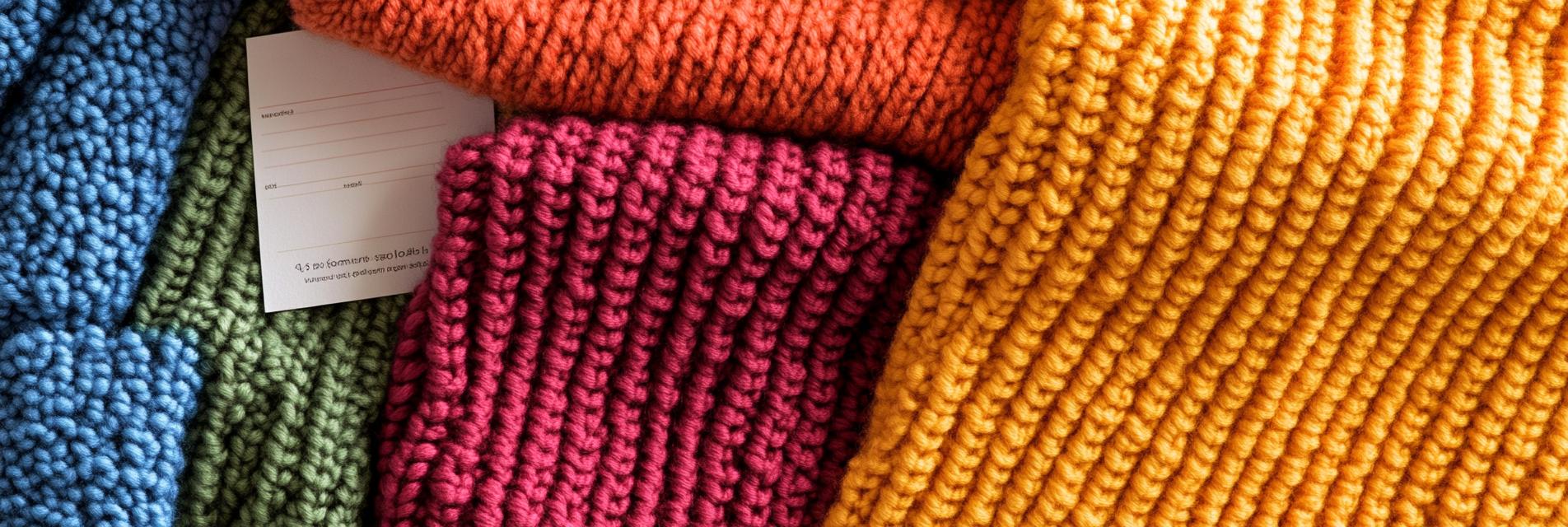As a seasoned textile designer, I have always been fascinated by the art of color matching, particularly when it comes to double rib dyed knitted fabrics. In this article, I will share my insights and techniques that will help you enhance your own design skills and navigate the complexities of color harmony in fashion fabrics.
Double rib knitted fabrics are known for their unique texture and durability. The dyeing process these fabrics undergo plays a significant role in determining their final appearance. Understanding the interplay of colors in these knits is essential for creating cohesive and appealing collections.
To successfully match colors, one must first understand the fundamentals of color theory. Various color wheels exist, but the primary colors—red, blue, and yellow—form the basis for creating a plethora of hues. Knowing how to use complementary, analogous, and triadic color schemes can significantly influence the visual impact of your designs.
Complementary colors are those that are opposite each other on the color wheel. When paired together, they create a vibrant contrast that can make a design pop. For instance, combining deep blue double rib knit fabric with a warm orange can produce a striking effect.
Analogous colors, which lie next to each other on the color wheel, create a more serene and cohesive look. For example, selecting shades of green and yellow alongside a double rib knit in rich teal can evoke a sense of calm and refinement.
The method used to dye double rib fabrics greatly affects their color integrity and texture. Techniques such as reactive dyeing or pigment dyeing can yield different results in both vibrancy and fabric feel. Understanding these techniques will allow you to choose the best method for your desired color outcome.
When working on a collection, it's crucial to test your color matches against actual fabric samples. I often lay out swatches and experiment with combinations to see how they interact in different lights. Additionally, utilizing design software can facilitate visualizing your color palettes before committing to fabric production.
Mastering color matching techniques for double rib dyed knitted fabrics is essential for any textile designer aiming to stay ahead in the competitive fashion industry. By understanding color theory, the dyeing process, and practical applications, you can create harmonious and visually appealing collections that resonate with your audience.

